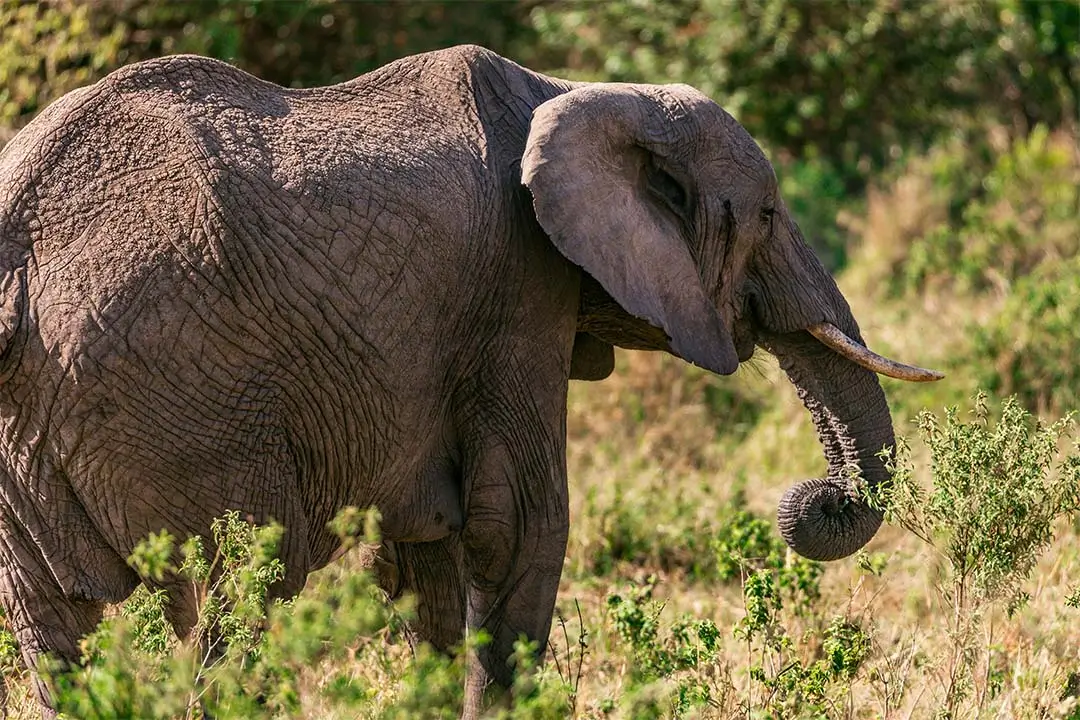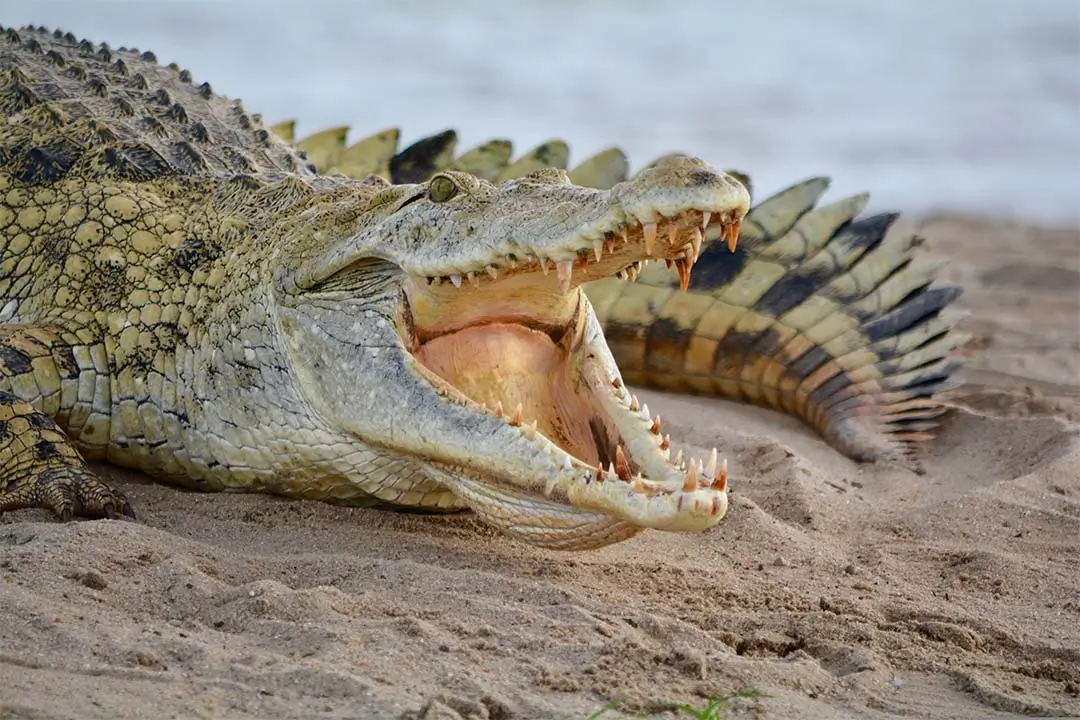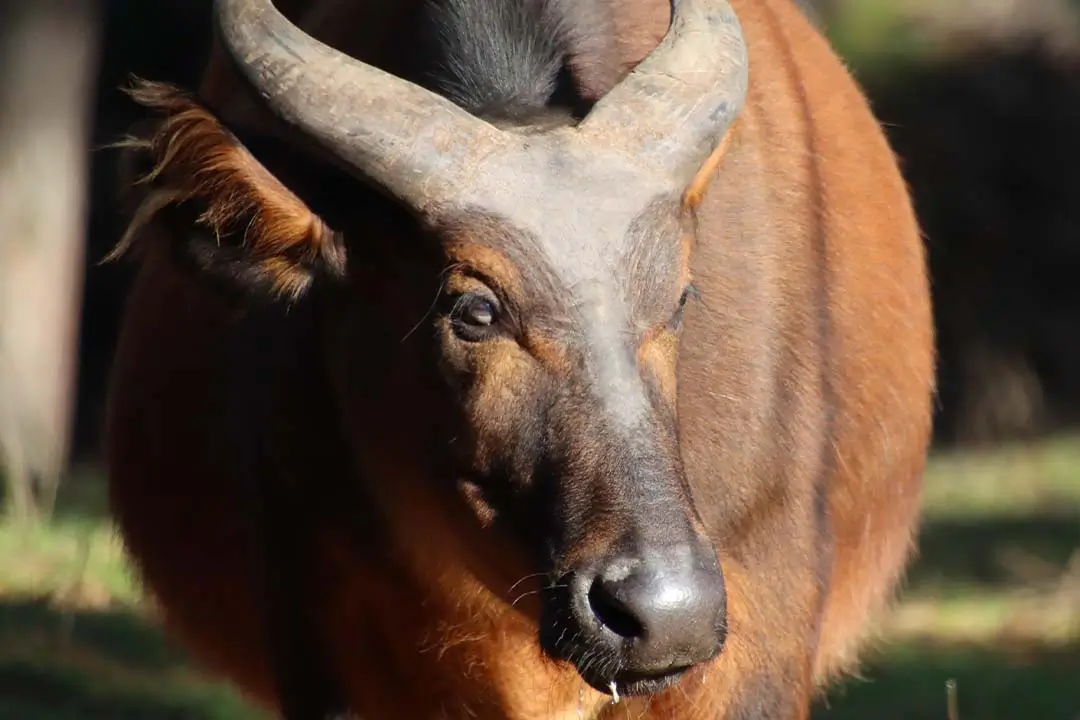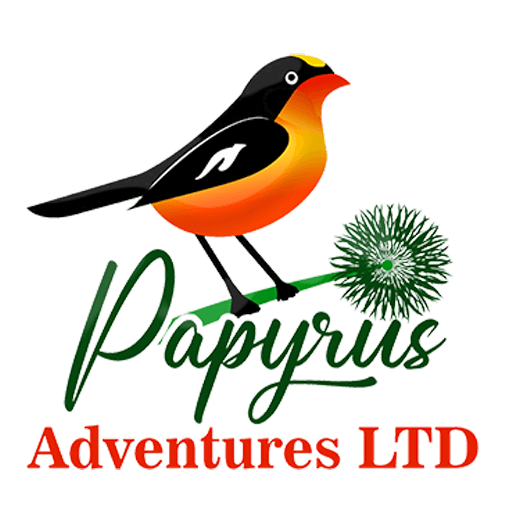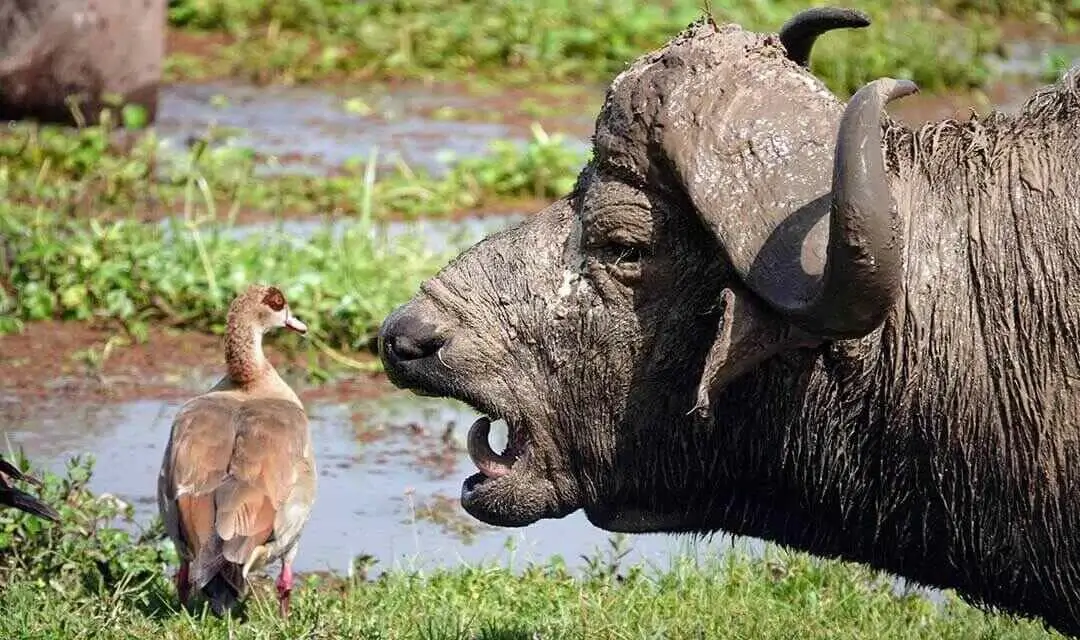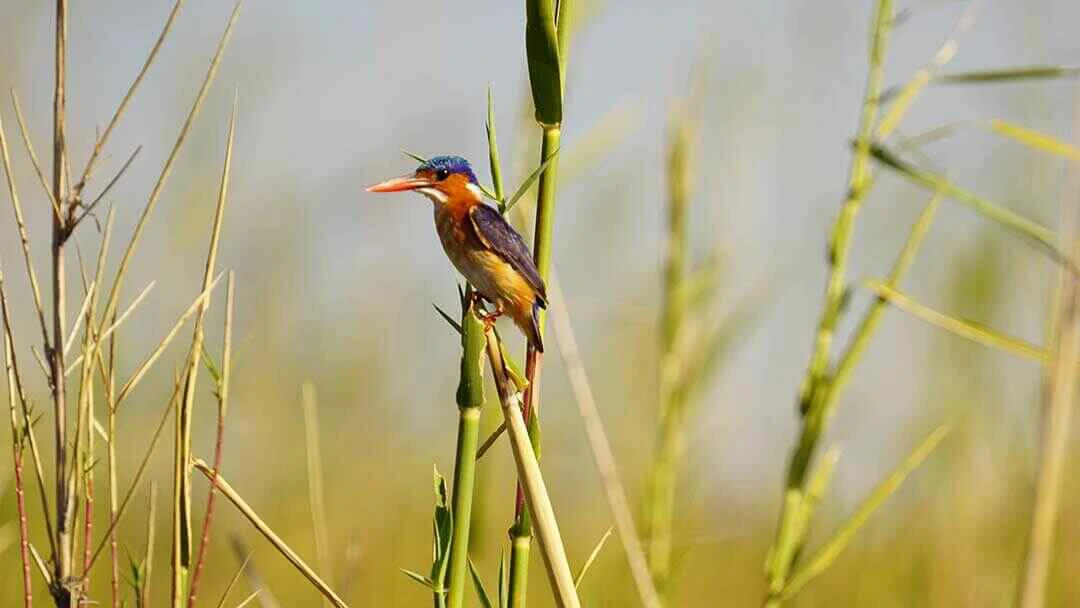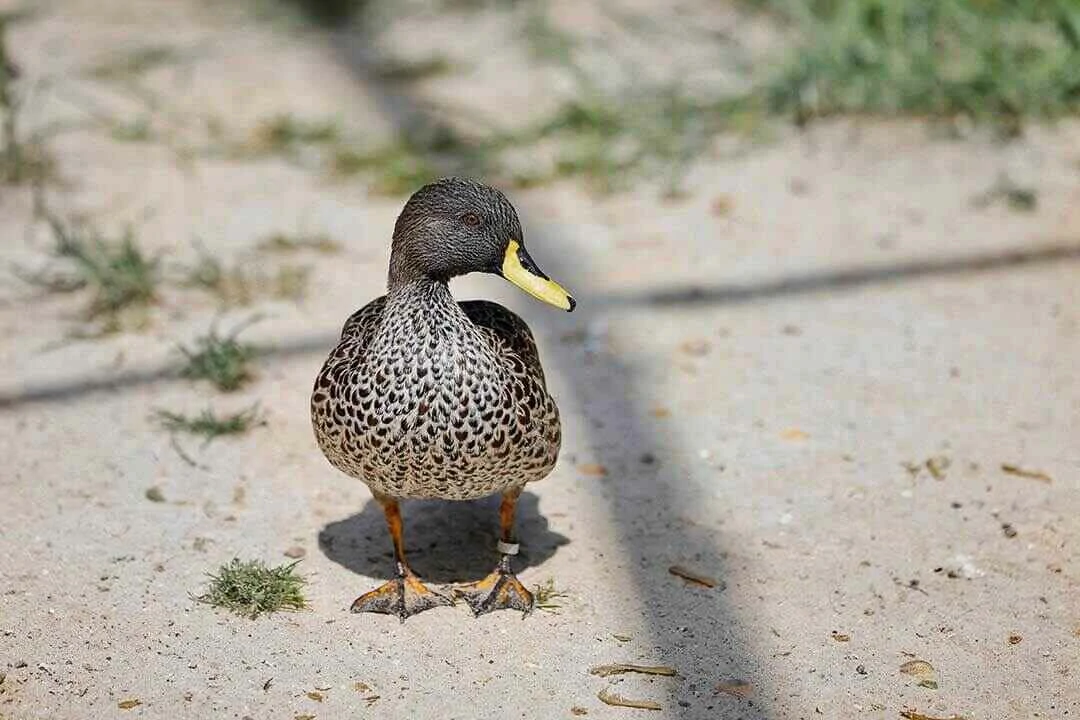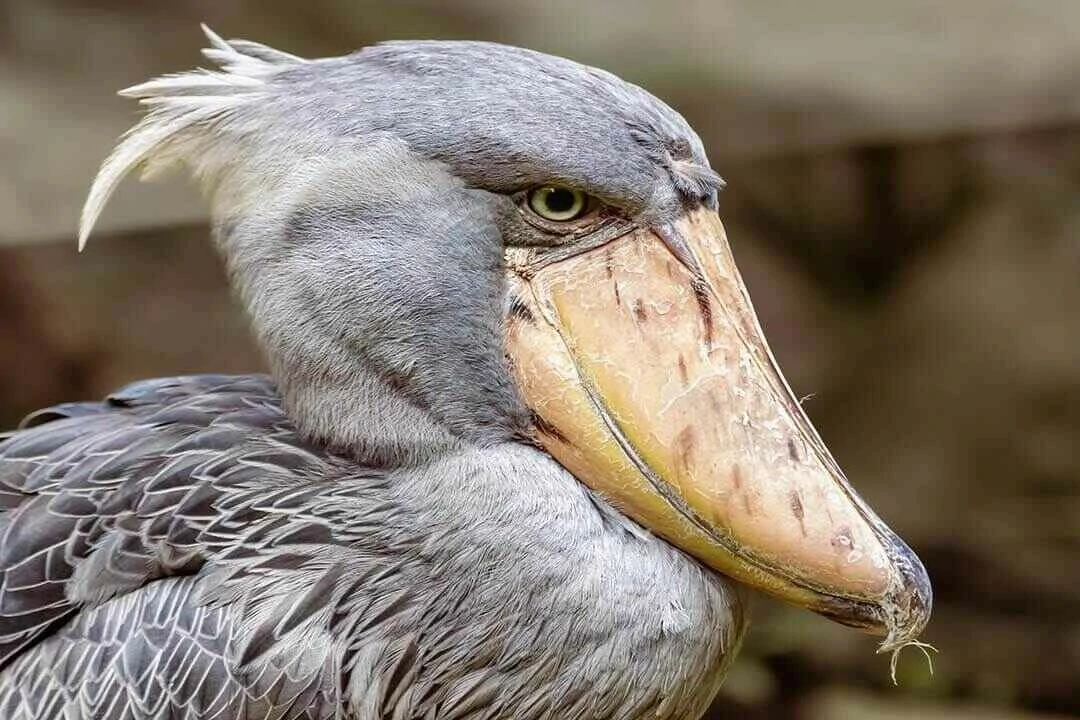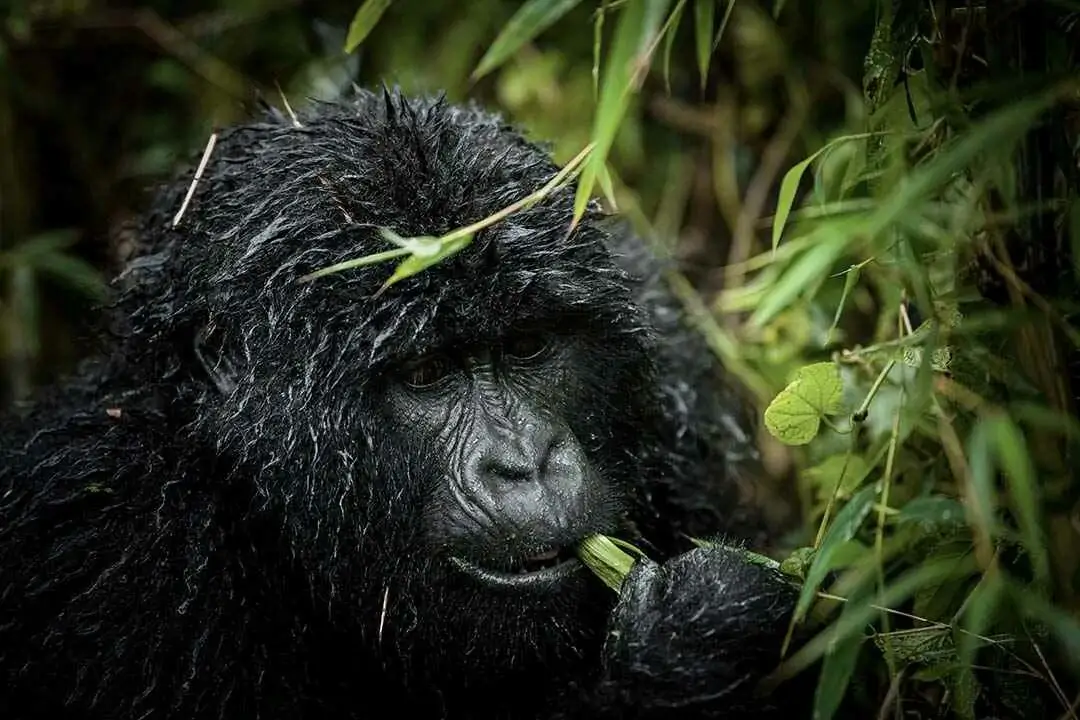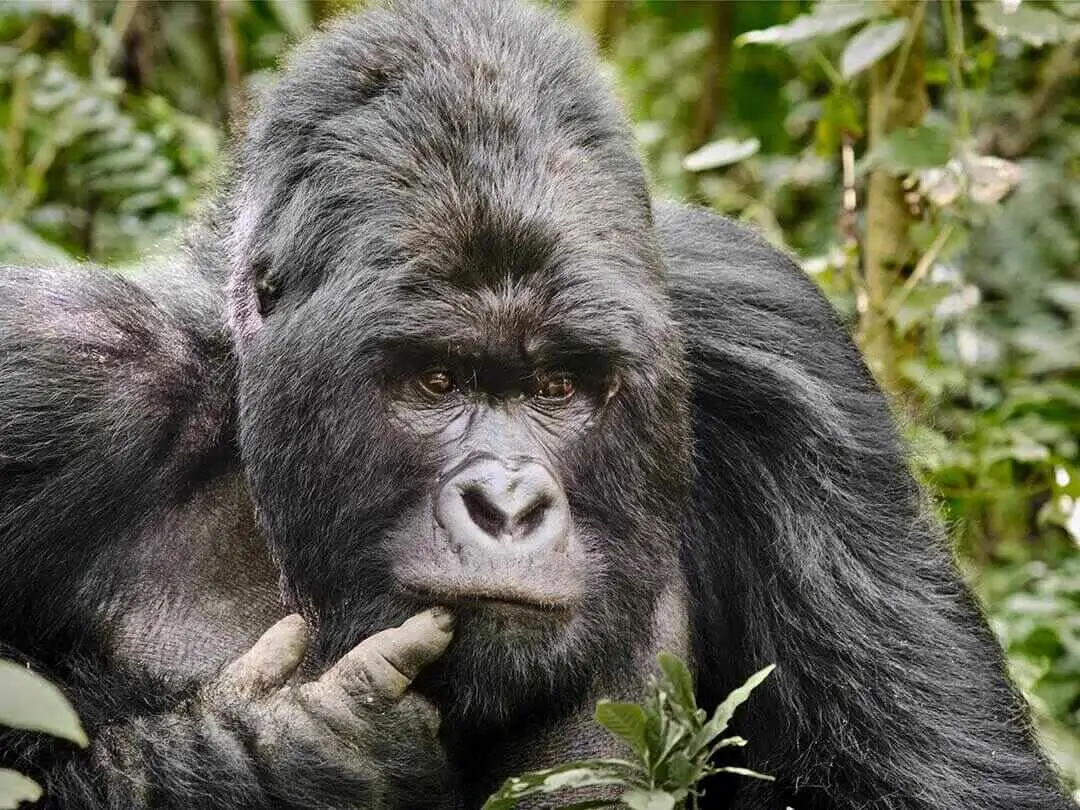Wildlife in Nouabale Ndoki National Park
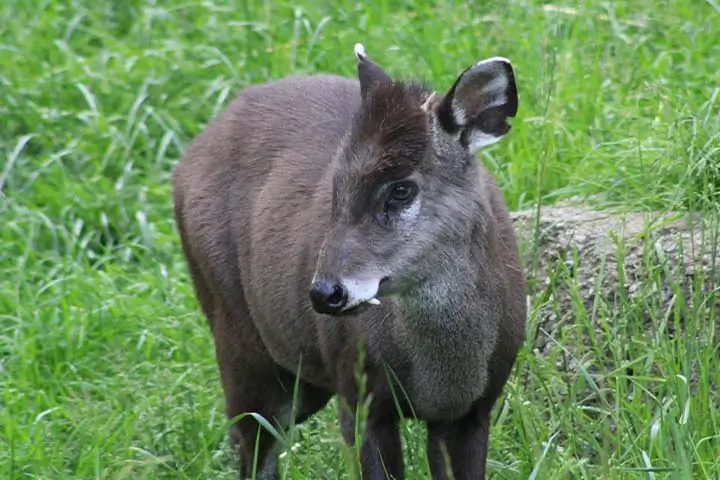
Blue Duiker
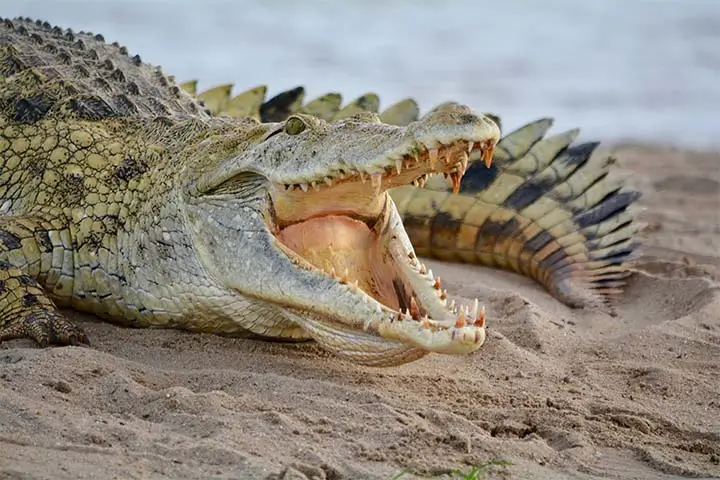
Crocodile
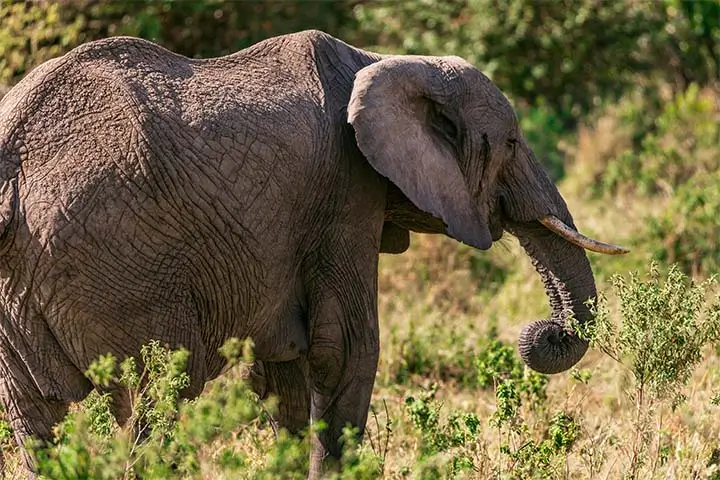
Forest Elephants
The Nouabalé-Ndoki National Park in northern Republic of Congo has nearly 4,000 square kilometers of continuous lowland rainforest. It was established in 1993. It is undoubtedly the greatest example of a surviving forest ecosystem in the Congo Basin. The park has never been logged, has no roads inside its boundaries, and continues to safeguard species populations deep within its interior that have had little or no human interaction. The forest is part of the broader Sangha Tri-National Forest Landscape, which was designated a World Heritage Site in July 2012.
The area is home of pristine tropical rainforestto substantial populations of big animals like as forest elephants, western lowland gorillas, and chimps. In addition, the park features forest clearings that provide a glimpse into the lives of shy woodland creatures, giving tremendous potential for tourist development and conservation science.
The Bantu ethnic agricultural people (Bongili, Bomassa, and Bomitabla) and the predominantly hunter-gatherer indigenous Pygmies (Ba'aka and Ba'Mbendjele) have long populated the area where the Nouabale Ndoki National Park is located, as they have in many other sections of the Congo Basin. Both peoples may claim a long and strong contact with the land as well as a clearly defined cultural identity while coexisting in dynamic conflict.
Fauna and Flora
The notable fauna of the park include elephants, apes, chimpanzees, western lowland gorillas, moustached guenon monkeys, colobus monkeys, and the bongo. No human habitation exists within the boundaries of the park, nor does it exist in the surrounding areas. The forest has 300 species of birds and 1,000 species of flora including endangered mahoganies. 20 amphibian and 14 reptile species also live here. Safaris are run into the park to fund conservation and raise awareness about the beautiful national park. Gorillas reside in a special area of the park called the "MbeliBai".
Nouabalé-Ndoki is quickly becoming a very common place to witness one of the last undeveloped wilderness regions on the African continent. It has several villages within its boundaries, including Pygmy settlements, and these people have also been enlisted by conservation groups to protect the landscape.
Activitives at this park
Track Elephants and Gorillas
Visit MbeliBai, one of the park's most isolated regions, is reached after a 45-minute hike through the jungle. With nearly 150 lowland gorillas in the locality that regularly pay a visit gives you roughly a 75% chance of seeing the gorillas each day. Access to the MbeliBai Camp is via pirogue canoe through wetlands, providing a true sense of adventure as you wave your way among buttress roots and lilies to arrive to the boardwalk.
As you climb the viewing platform that serves as your base for the day, you enter the Bai for the first time. The camp itself has been known to attract a variety of species, including a resident elephant and silverback gorilla, both of which can frequently be seen in the trees that surround the camp grounds. Other animals to see include crocodiles, black and white colobus monkeys, dwarf forest buffalo, bongos, leopards, antelope, leopard and duikers. There are 20 amphibian and 14 reptile species in the southern edge of the Nouabale Ndoki National park.
Bird Watching
The park plays host to over 300 different bird species, which includes the eagles, hawks, owls, scavenging vultures, and wading herons. Parrots are also seen in the park area.
Spend a night in the forest
The forest consists of both open and closed canopy, with an impressive mix of forest habitats such as swamp forest, vine forest and open clearings.These forests are home to a terrific variety of flora and fauna, with in excess of 1,000 species of flora and 300 bird species.
How to Access the Park
There is no direct link between Brazzaville and Nouabalé-Ndoki National Park. You may, however, drive to Brazzaville airport, fly to Impfondo, and then travel to Nouabalé-Ndoki National Park. You may also drive to Brazzaville airport, fly to Ouesso, and then travel to Nouabalé-Ndoki National Park.
Location
Congo - Brazzaville
Size
6,000 Square Kilometers
Do You have any Questions?
Our Experts are ready to provide answers
Explore Out Top Tour Ideas
Travel With Us
When considering your next adventure, Papyrus Adventures stands out as the ideal travel companion, offering a comprehensive package of benefits that ensure an unparalleled experience.
Best Price Guaranteed
With our "Best Price Guaranteed" policy, you can rest assured that you are getting the most value for your investment.
Professional Safari Guides
Our commitment to excellence extends to our team of "Professional Safari Guides," who possess extensive knowledge and expertise, ensuring a journey filled with insightful and unforgettable moments.
Locally Owned Company
Papyrus Adventures is deeply rooted in the destinations we explore, allowing us to provide authentic and immersive experiences that showcase the rich cultures and landscapes of each location.
24-7 Customer Support
our "24-7 Customer Support" ensures that your needs are met around the clock, providing peace of mind and a safety net for any unforeseen circumstances.
Frequently Asked Questions About Nouabale Ndoki National Park
Nouabale Ndoki National Park is located in Africa's tropical woods and has tropical climatic conditions, which means that it receives rainfall throughout the year in two seasons. Because to its humid environment, Nouabale-Ndoki National Park receives roughly 1,250 mm (49 in) of rain every year. The wet season lasts from August to November, while the dry season lasts from December to February.It is advised that you visit during the dry season since the routes are more easily passable than during the rainy season. Gorilla trekking is advisable during the dry season though it can be done all year round.

